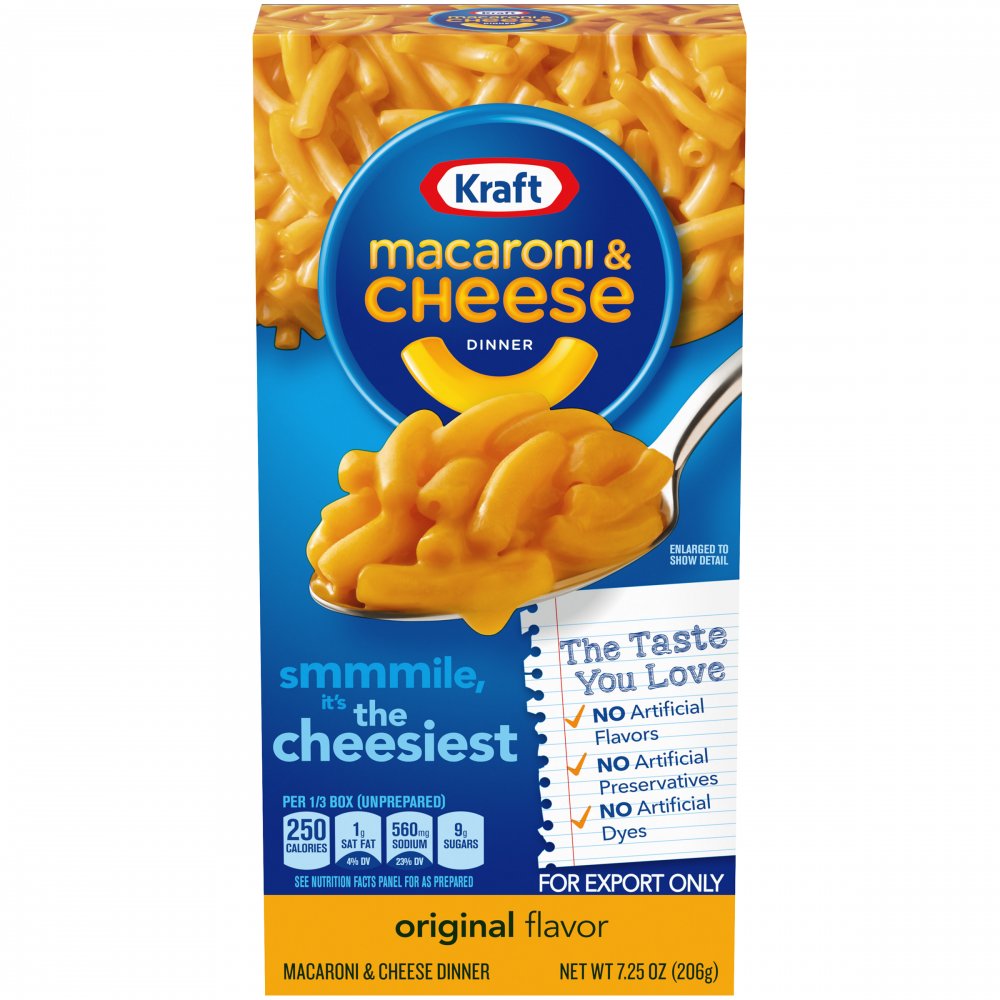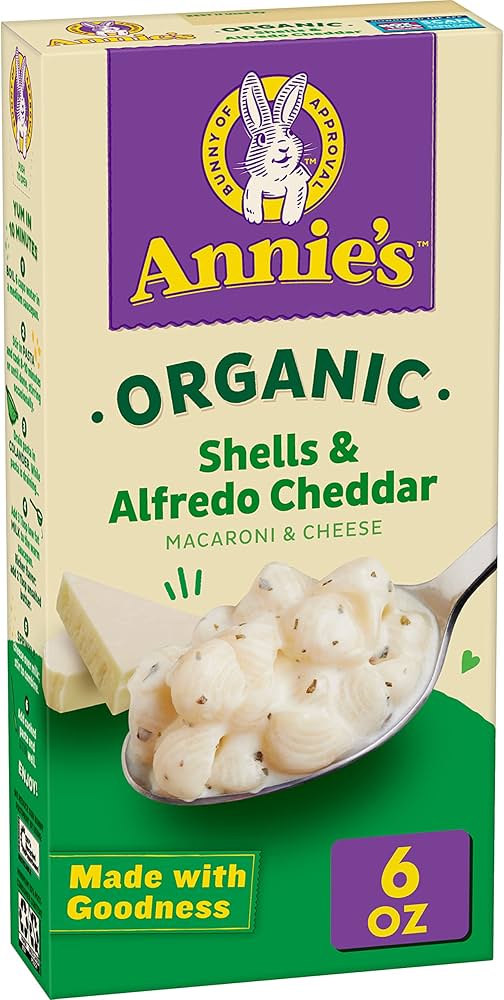Functions
Annoucements
- Midterm 1 is in two weeks, Oct 3, during lab time.
- Lab 1 & 2 grades will be released soon on D2L.
Agenda
- Review Data Structures
- Functions
Data Structures
Vectors
Consider the vectors:
What are their types?
Vectors
What are their types?
Why are these different? Aren’t they all vectors?
00:30
Vectors
What’s the average age?
Vectors
What’s the average age?
Vectors
How do we get the second element of conifer?
00:30
Vectors
How do we get the second element of conifer?
Dataframes
Consider the dataframe:
Dataframes
How do we access the third row of my_df?
00:30
Dataframes
How do we access the third row of my_df?
Dataframes
How do we access the age in the third row of my_df?
00:30
Dataframes
How do we access the age in the third row of my_df?
Comparison and logical operators
You learned about some very important operators in Chapter 4:
>and<: greater than and less than>=and<=: greater than or equal to and less than or equal to==and!=: equal to and not equal to&: and|: or%in%: in
Comparison and logical operators
Remember, we can use these operators to subset vectors and dataframes:
In ages, get all ages that are greater than 82
[1] NA 120 8201:00
Comparison and logical operators
Remember, we can use these operators to subset vectors and dataframes:
In ages, get all ages that are greater than 82
Comparison and logical operators
Remember, we can use these operators to subset vectors and dataframes:
In ages, get all ages that are greater than 82
What’s going on with that NA? Try:
Comparison and logical operators
Remember, we can use these operators to subset vectors and dataframes:
In my_df, get all rows that are not conifers
names ages conifer
1 Western red cedar NA TRUE
2 Douglas-fir 120 TRUE
3 Pacific madrone 82 FALSE01:00
Comparison and logical operators
Remember, we can use these operators to subset vectors and dataframes:
In my_df, get all rows that are not conifers
Comparison and logical operators
Remember, we can use these operators to subset vectors and dataframes:
In my_df, get all rows that are Pacific madrone
names ages conifer
1 Western red cedar NA TRUE
2 Douglas-fir 120 TRUE
3 Pacific madrone 82 FALSE01:00
Comparison and logical operators
Remember, we can use these operators to subset vectors and dataframes:
In my_df, get all rows that are Pacific madrone
Comparison and logical operators
Remember, we can use these operators to subset vectors and dataframes:
In my_df, get all rows that are either Pacific madrone or Douglas-fir.
names ages conifer
1 Western red cedar NA TRUE
2 Douglas-fir 120 TRUE
3 Pacific madrone 82 FALSE01:00
Comparison and logical operators
Remember, we can use these operators to subset vectors and dataframes:
In my_df, get all rows that are either Pacific madrone or Douglas-fir.
Functions
What are some functions we’ve used in this class?
01:00
Example: write.csv()
Example: write.csv()
Example: write.csv()
Example: write.csv()
xandfileare arguments supplied to thewrite.csv()function.Functions in
Rfall into three categories:- Already built-in functions like
read.csv(), - functions from packages that you install onto your computer, and
- entirely custom function built by you!
- Already built-in functions like
Built-in ‘base’ functions

Functions from packages you install

Custom functions built by you!

Writing a function
Writing a function
Writing a function
Writing a function
Writing a(n interesting) function
- What does the
pow()function do? - What arguments does
pow()take? - What will
pow(5, 2)return? - What will
pow(v = 5, x = 2)return? - What will
pow("ten", "two")return? - What will
pow(x = 5, z = 2)return?
02:00
pow() test
pow() test
pow() test
pow() test
Errors
Consider the following errors:
Error in x^v: non-numeric argument to binary operatorError in pow(x = 5, z = 2): unused argument (z = 2)What do/don’t you like about each error?
Which error message is better? Why?
02:00
Informative Error Messages
Informative Error Messages
Testing pow() vs. new_pow()
Testing pow() vs. new_pow()
Testing pow() vs. new_pow()
Difference function
Write a function, called diff(), that takes the difference (subtracts) its first and second arguments.
05:00
Difference function
A possible solution:
Difference function
A possible solution with informative error messages:
Difference function
Testing:
Next Week
- More functions!
- Control statements:
if,else - Loops!